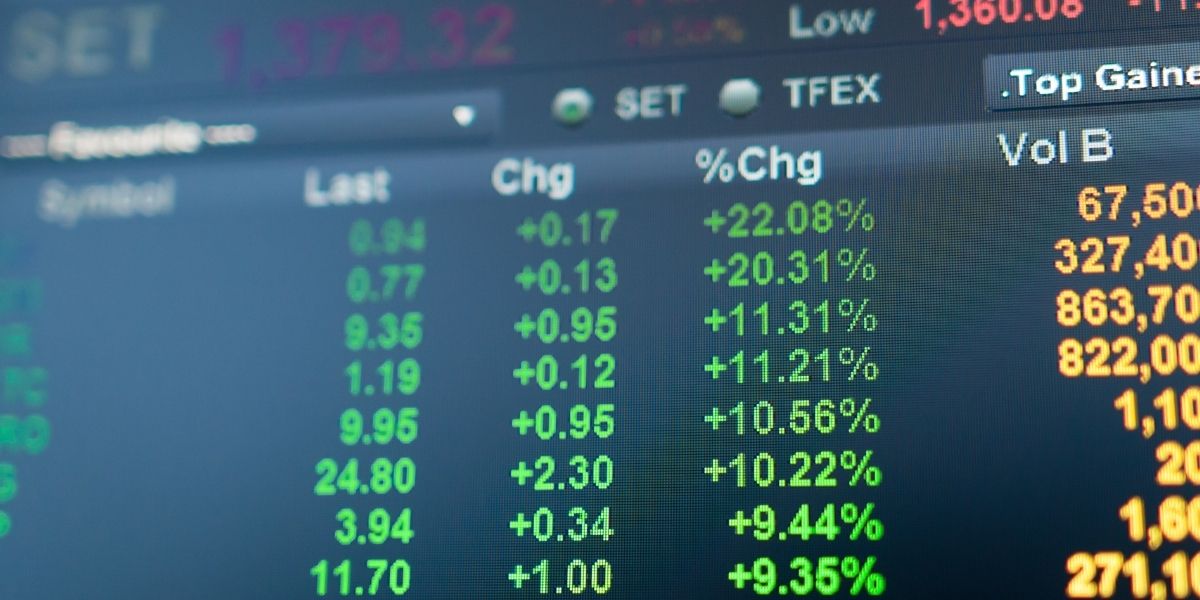Bitcoin price movements continue to be erratic. An analyst explained why the recent high in Bitcoin is experiencing different market conditions compared to the peak during the 2021 bull run. Chain analyst Checkmate noted in a new post on X that the latest 2024 peak, following spot exchange-traded fund (ETF) entries, is significantly different from the 2021 peak.
What’s Different from the 2021 Peak for Bitcoin?
According to the analyst, the distinction lies in the nuances of the trend in derivative markets. The chart presented by the analyst clearly shows a trend that has been dominant in the industry for the past few years, focusing on long-oriented liquidations.

The term liquidation refers to the mandatory closure of any derivative market contract on an exchange if it incurs losses at a certain point. The risk of a contract being liquidated increases depending on how volatile the asset prices are. Especially during sharp price rallies or crashes, there tends to be a significant accumulation of liquidation risk in the market.
Those Holding Short Positions Face Difficulties
With this year’s rally in cryptocurrencies, it’s clear from the charts that as prices rose, investors holding short positions were in trouble. These investors had entered the market betting on price declines, and the rises led to unexpected losses, making it a tough process. Therefore, it was not surprising that many such contracts fell into liquidity when prices rose so rapidly.
Interestingly, the impact of short positions continued during the upward trend. This situation shows that investors did not fully believe that prices would continue to rise at every level and were expecting a reversal.
This trend continued even during the subsequent stagnation period following the peak. Even as prices began to fall, liquidations stemming from short positions became more pronounced than those affecting those in long positions.
Different Perspectives Exist
Looking at the chart, a different trend becomes apparent at the 2021 peaks. Bitcoin, while climbing to peaks in both halves of 2021, saw a reduction in long-term investments. During this period, investors acted very ambitiously, betting that the rise would continue even if the asset value fell. However, this ambition seems to indicate that the bull market was not fully under control.
The current Bitcoin rally, although appearing to paint a different picture at this scale, still points to a structure similar to previous peaks, as analyst Maartunn mentioned in a post on X.

This indicator is called Coin Days Destroyed (CDD) and is actually used to determine the extent of stagnant cryptocurrency movement in the market. Recently, this metric has reached quite high levels.
Maartunn stated, “Coin Days Destroyed probably peaked. It usually peaks at the same time as Bitcoin’s price.” However, it should not be forgotten that while this may be true for some peaks, the peak in 2021 occurred months after this metric peaked.

 Türkçe
Türkçe Español
Español








